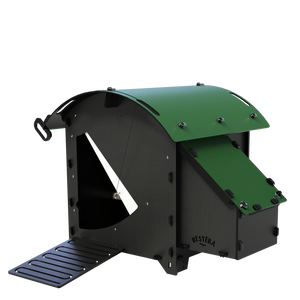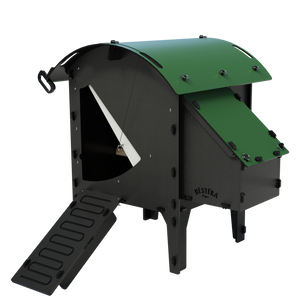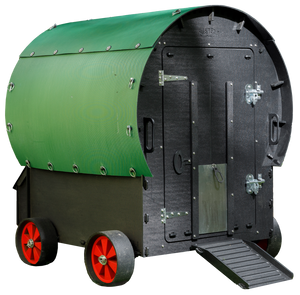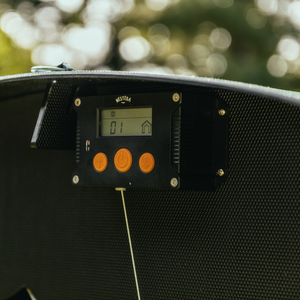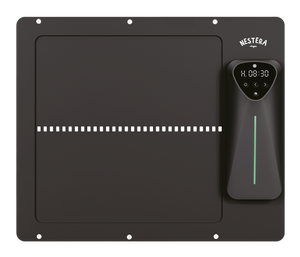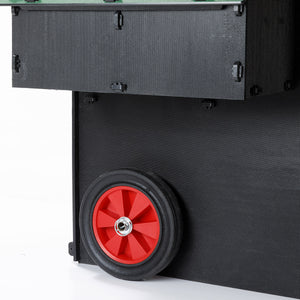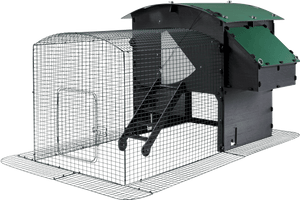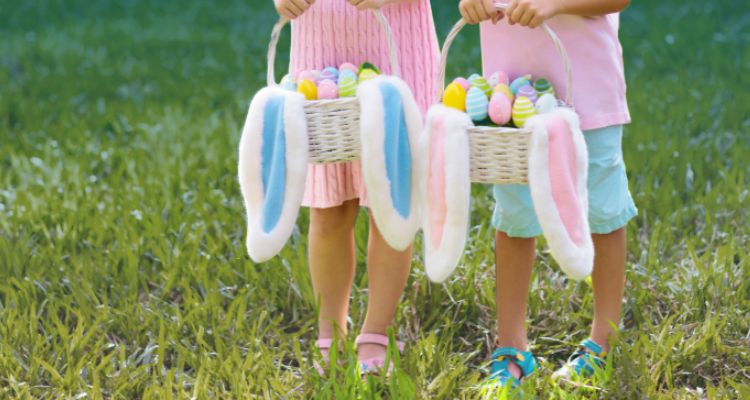Pagan Roots: Eggs as Symbols of Rebirth
Long before Easter, eggs were powerful symbols of fertility and renewal in many ancient cultures. Pagans celebrated spring with eggs as representations of new life. In ancient Persia, for example, eggs were dyed and exchanged during spring festivals to honor the season’s rebirth.
Christian Symbolism: The Egg and the Resurrection
In Christianity, the egg took on new meaning. It symbolized the resurrection of Jesus Christ. The hard shell represented the sealed tomb, while the egg inside symbolized life emerging from it. As Christianity spread, eggs became an integral part of Easter celebrations, emphasizing themes of resurrection and renewal.

Medieval Europe: Lenten Traditions and Celebration
During medieval times, eggs were forbidden during Lent. To preserve them, people would boil or store eggs throughout the season. When Easter arrived, these eggs became part of the celebratory feast. The practice of decorating and later hiding eggs emerged during this period, turning them into festive tokens of celebration.

German and Dutch Influence: Enter the Easter Bunny
The tradition of Easter egg hunts is believed to have taken root in Germany. In the 1700s, German immigrants brought to America the tale of the Osterhase, an egg-laying hare. Children would make nests for the bunny to leave eggs. This charming story helped solidify the link between Easter, eggs, and playful hunting.

Modern Easter Egg Hunts: A Global Tradition
By the 19th and 20th centuries, Easter egg hunts evolved into the form we know today—especially in the United States. These events became joyful community activities for children, featuring hidden eggs filled with candy, toys, or chocolate. What began as symbolic and religious has now become a light-hearted celebration enjoyed around the world.

A Tradition Rooted in History
While today’s Easter egg hunts may seem like simple fun, they carry deep roots in ancient traditions, religious symbolism, and cultural practices—especially those introduced by European settlers. From ancient Persia to modern playgrounds, the humble egg continues to represent joy, life, and renewal every spring.
